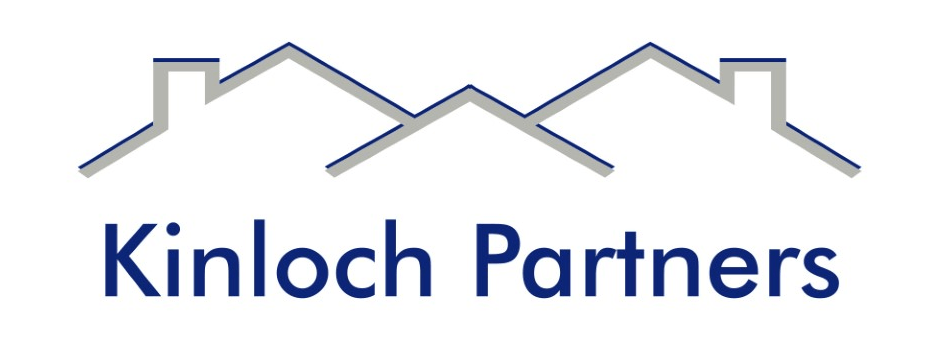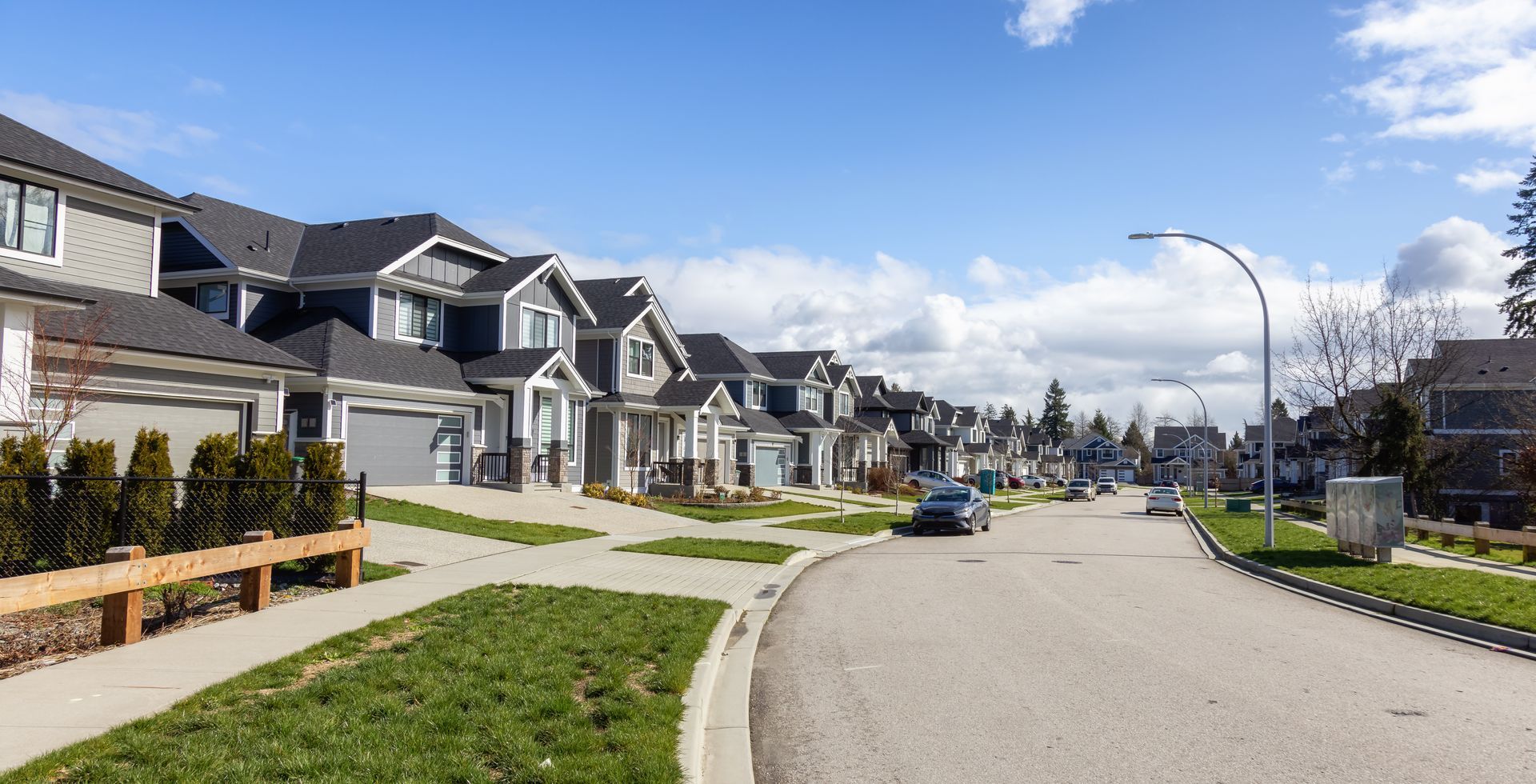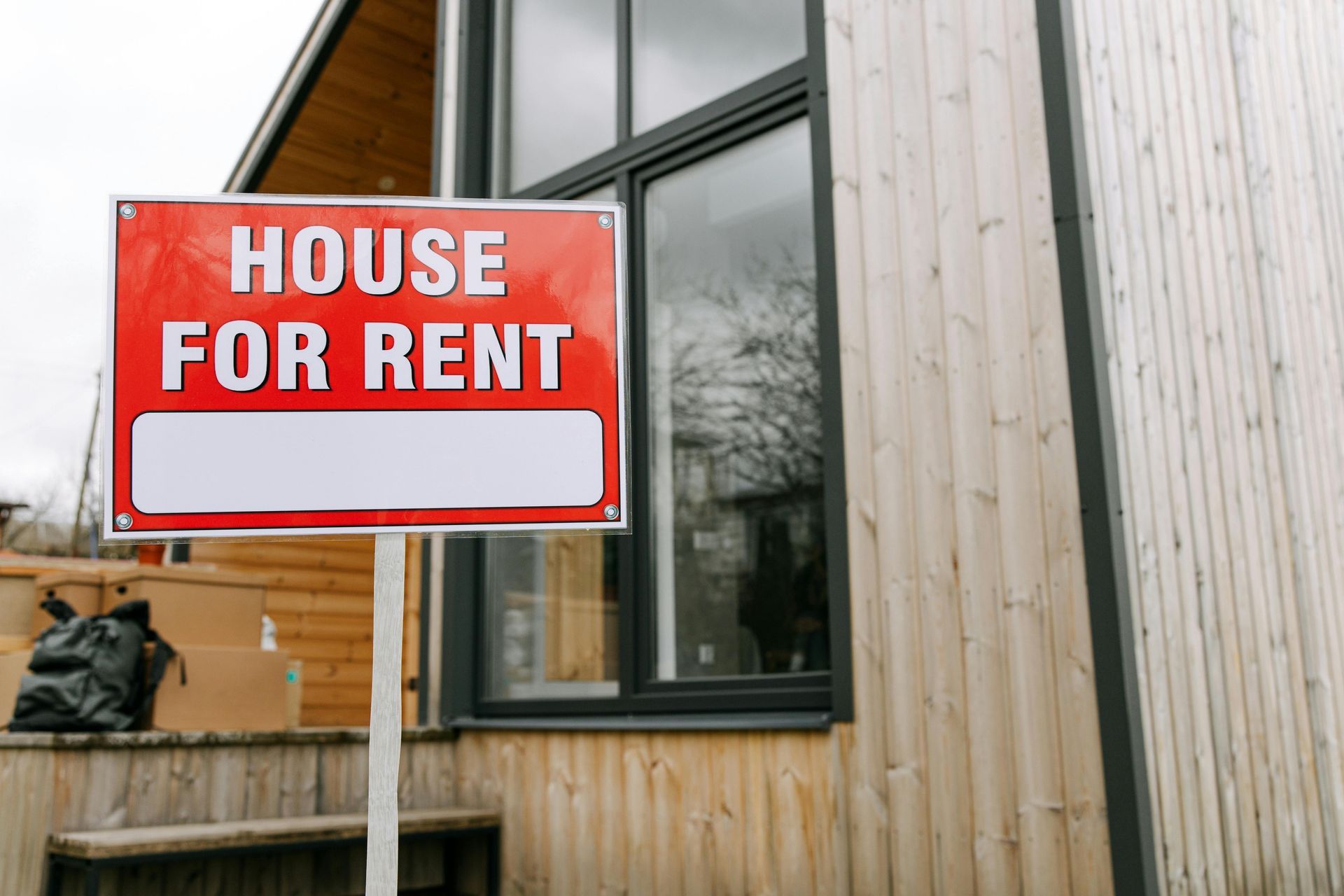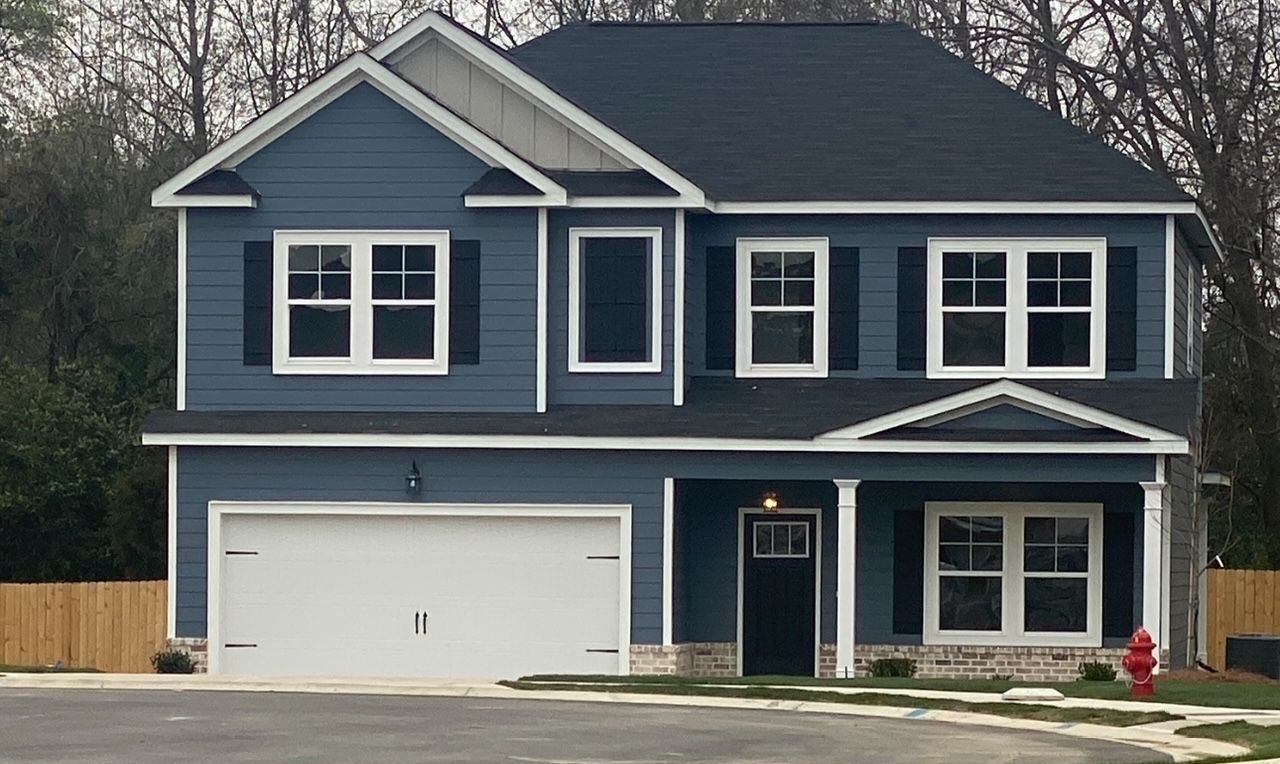Realtors Group: 5 Hurdles to Homeownership
The U.S. homeownership rate is stalled near a 50-year low because of a lethal economic cocktail of affordability challenges, student loan debt, tight credit conditions and housing supply shortages.
Despite steadily improving local job markets and historically low mortgage rates, there are five barriers that have prevented a significant number of households from purchasing a home, according to a new white paper titled “Hurdles to Homeownership: Understanding the Barriers” recently released in recognition of National Homeownership Month at the National Association of Realtors® Sustainable Homeownership Conference at University of California, Berkeley.
Led by a group of prominent experts, including NAR 2017 President William E. Brown, NAR Chief Economist Lawrence Yun and Berkeley Hass Real Estate Group Chair Ken Rosen, the conference addressed the dip and idleness in the homeownership rate, its drag on the economy and what can be done to ensure more creditworthy households have the opportunity to buy a home.
“The decline and stagnation in the homeownership rate is a trend that’s pointing in the wrong direction, and must be reversed given the many benefits of homeownership to individuals, communities and the nation’s economy,” said Brown, a Realtor® from Alamo, California.
“Those who are financially capable and willing to assume the responsibilities of owning a home should have the opportunity to pursue that dream,” Brown said.
As it is, the homeownership rate in the U.S. has been hovering for a while near a 51-year low, according to U.S. Census data, though that could be changing: The number of owner-occupied homes rose faster than the number of renting households for the first time since 2006 in the first three months of the year, Bloomberg reported.
The five main barriers that continue to plague prospective homeowners:
- Post-foreclosure stress disorder: There are long-lasting psychological changes in financial decision-making, including housing tenure choice, for the 9 million homeowners who experienced foreclosure, the 8.7 million people who lost their jobs, and some young adults who witnessed the hardships of their family and friends. While most Americans still have positive feelings about homeownership, targeted programs and workshops about financial literacy and mortgage debt could help return-buyers and those who may have negative biases about owning.
- Mortgage availability: Credit standards have not normalized following the Great Recession. Borrowers with good-to-excellent credit scores are not getting approved at the rate they were in 2003, prior to the period of excessively lax lending standards. Safely restoring lending requirements to accessible standards is key to helping creditworthy households purchase homes.
- The growing burden of student loan debt: Young households are repaying an increasing level of student loan debt that makes it extremely difficult to save for a down payment, qualify for a mortgage and afford a mortgage payment, especially in areas with high rents and home prices. As NAR found in a survey released last year, student loan debt is delaying purchases from millennials and over half expect to be delayed by at least five years. Policy changes need to be enacted that address soaring tuition costs and make repayment less burdensome.
- Single-family housing affordability: Lack of inventory, higher rents and home prices, difficulty saving for a down payment and investors weighing on supply levels by scooping up single-family homes have all lead to many markets experiencing decaying affordability conditions. Unless these challenges subside, RCG forecasts that affordability will fall by an average of nearly 9 percentage points across all 75 major markets between 2016 and 2019, with approximately 5 million fewer households able to afford the local median-priced home by 2019. Declining affordability needs to be addressed with policies enacted that ensure creditworthy young households and minority groups have the opportunity to own a home.
- Single-family housing supply shortages: “Single-family home construction plummeted after the recession and is still failing to keep up with demand as cities see increased migration and population as the result of faster job growth,” said Rosen. “The insufficient level of homebuilding has created a cumulative deficit of nearly 3.7 million new homes over the last eight years.”
To be sure, fewer property lots at higher prices, difficulty finding skilled labor and higher construction costs are among the reasons cited by RCG for why housing starts are not ramping up to meet the growing demand for new supply. A concentrated effort to combat these obstacles is needed to increase building, alleviate supply shortages and preserve affordability for prospective buyers.
“Low mortgage rates and a healthy job market for college-educated adults should have translated to more home sales and upward movement in the homeownership rate in recent years,” said Yun. “Sadly, this has not been the case. Obtaining a mortgage has been tough for those with good credit, savings for a down payment are instead going towards steeper rents and student loans, and first-time buyers are finding that listings in their price range are severely inadequate.”
Added Rosen, “A healthy housing market is critical to the overall success of the U.S. economy. Too many would-be buyers have been locked out of the market by the factors found in this study, and it’s also one of the biggest reasons why economic growth has been subpar in the current recovery.”
On Wall Street, a boom in investor-backed construction by landlord REITs continues to flourish. The main financial enticement point is single-family rental communities, and no lawn mowing required, Bloomberg explained.
American Homes 4 Rent, a five-year-old real estate investment trust and the biggest of the publicly traded landlords by number of homes, is buying lots and houses around the U.S. Colony Starwood Homes plans to purchase at least 600 just-erected properties over the next year from more than a dozen builders.
Privately held AHV Communities LLC is plotting whole neighborhoods for those who want — without the bother of ownership — single-family residences with some apartment-complex bells and whistles, such as fitness centers and bocce-ball courts. Residents don’t even have to mow their lawns.
The bet behind the build-to-rent boom is that there are enough people who dream of the detached-house life but can’t afford to buy into it. With tight mortgage standards and rising prices, and millennials putting off marriage and loaded up with student debt, that might not be a long shot.
But the REITs probably aren’t taking too much of a gamble considering many Americans’ feeble efforts to stash money away, said Bruce McNeilage, co-founder of Nashville, Tennessee-based Kinloch Partners LLC, an investment firm that has experience buying brand-new rental homes and selling them to companies including Progress Residential and Main Street Renewal.
“People have good intentions, but they’ve never been able to save for a down payment,” McNeilage said. Many tenants ask for short leases, saying they plan to buy, but they rarely do, he said. About one third of the 42 Nashville homes Kinloch sold to American Homes 4 Rent in 2014 were leased by people who had been on month-to-month arrangements for about seven years.
Despite the handful of hurdles, many optimistic house hunters are still striving to achieve the American dream of home ownership.
U.S. applications to buy a home reached their highest level in about seven years last week as mortgage rates fell to their lowest levels since late 2016, the Mortgage Bankers Association said.
The Washington-based group’s seasonally adjusted index on mortgage requests for home purchases rose 10 percent to 261.9 in the week ended June 2. That was the highest since 263.6 in the week of May 2, 2010.
The jump in purchase loan applications raised the prospects of a possible rebound in home sales, which have weakened the past couple of months due to tight inventories
Home borrowing costs have fallen in step with bond yields as recent data raised doubts whether inflation would climb to the Federal Reserve’s 2 percent goal in the foreseeable future.
The drop in mortgage rates also revived activity in mortgage refinancing.
© 2018 Newsmax Finance. All rights reserved.











